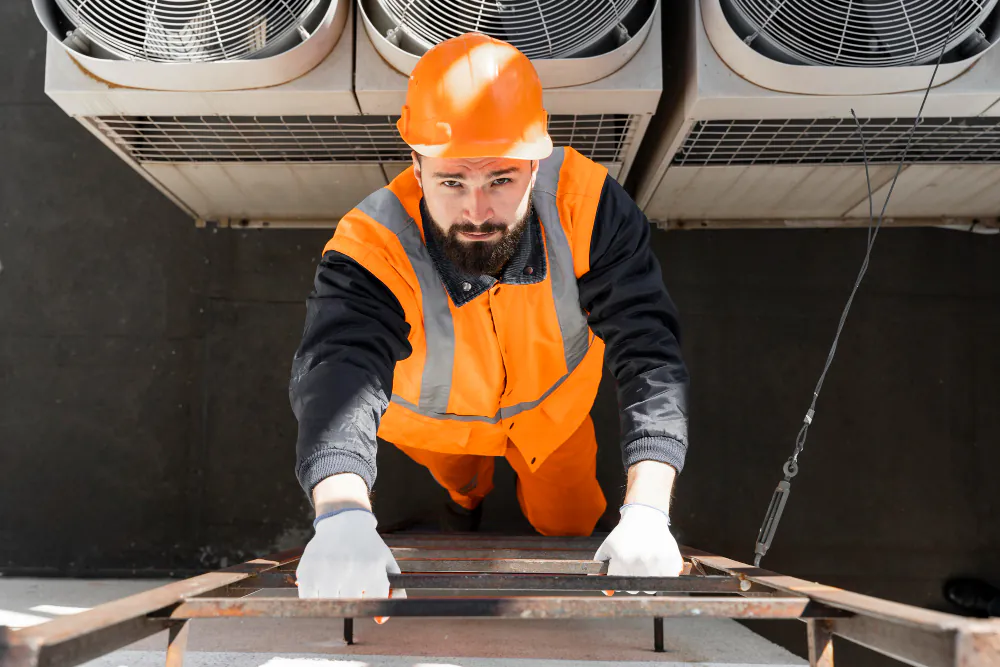Choosing the right HVAC system involves more than just picking a brand or model. One of the most critical—yet often overlooked—factors is proper system sizing. Whether you’re installing a new unit or replacing an old one, getting the size right can make all the difference in comfort, energy efficiency, and long-term performance.
In this blog, we’ll explain why HVAC sizing matters, how professionals determine the correct size, and what risks come with an oversized or undersized system.
What Does “HVAC Sizing” Mean?
HVAC sizing refers to determining the correct heating and cooling capacity your system needs to maintain comfortable indoor temperatures. This is typically measured in BTUs (British Thermal Units) for heating and tons for cooling.
Getting the size right is not as simple as basing it on your home’s square footage. It involves evaluating several factors like insulation, ceiling height, number of windows, climate zone, and more.
Why Proper HVAC Sizing Is So Important
1. Ensures Optimal Comfort
A correctly sized HVAC system maintains consistent indoor temperatures throughout the home. It will effectively heat or cool each room without creating hot or cold spots.
2. Improves Energy Efficiency
Right-sized systems run efficiently, cycling on and off at the correct intervals. This reduces energy consumption and lowers utility bills over time.
3. Extends System Lifespan
An HVAC system that’s appropriately sized experiences less strain during operation. This means fewer repairs, less wear and tear, and a longer lifespan for your unit.
4. Controls Indoor Humidity
Especially in warmer climates, your air conditioner plays a big role in dehumidifying your home. A correctly sized system removes excess moisture effectively, helping prevent mold growth and musty odors.
Risks of Improper HVAC Sizing
Oversized HVAC System
-
Short-cycling: The system turns on and off too frequently, causing unnecessary wear and higher energy bills.
-
Poor humidity control: Doesn’t run long enough to remove moisture from the air.
-
Uneven temperatures: Some areas may be too warm or too cold.
-
Higher upfront costs: Larger units are more expensive and may require larger ducts or electrical adjustments.
Undersized HVAC System
-
Inadequate heating/cooling: The system struggles to meet demand, leading to discomfort.
-
Continuous operation: Runs longer than necessary, driving up energy usage and wear.
-
Shorter lifespan: Overworked units tend to break down sooner.
How Professionals Size Your HVAC System
HVAC professionals use a detailed calculation called Manual J Load Calculation, which evaluates:
-
Home size and layout
-
Insulation levels
-
Number and orientation of windows
-
Local climate conditions
-
Number of occupants
-
Appliance and lighting heat loads
This calculation ensures that your HVAC system is matched perfectly to your home’s unique needs.
Final Thoughts
When it comes to HVAC systems, bigger isn’t always better, and smaller certainly isn’t smarter. Proper sizing is essential to achieving efficient, reliable, and cost-effective performance. If you’re planning an HVAC upgrade or installation, be sure to work with a trusted professional who can perform the right calculations.
Need help choosing the right HVAC system for your home? Contact KAC Express today for expert consultation, professional sizing, and top-quality installation services.



0 Comments